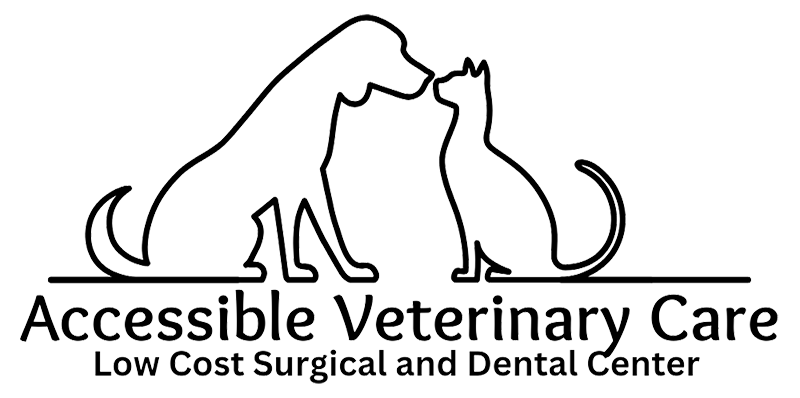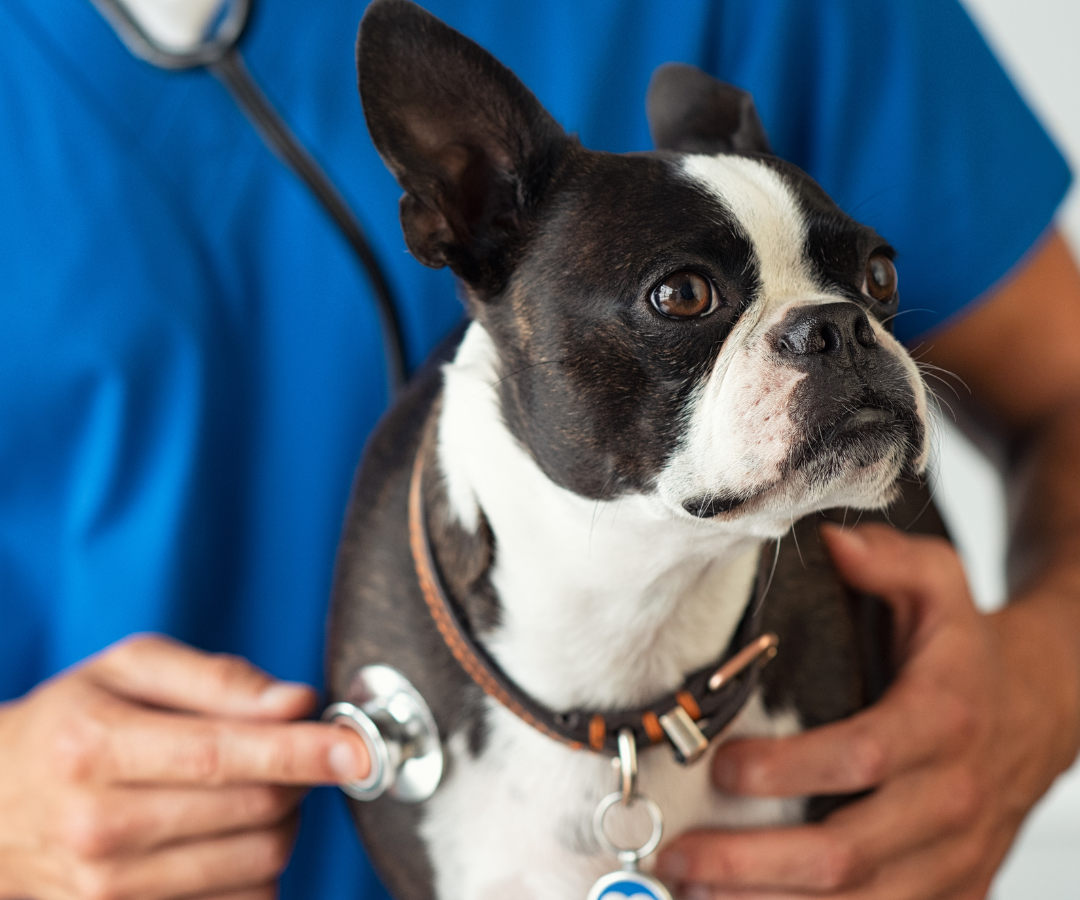Umbilical Hernia in Pets
An umbilical hernia occurs when a portion of abdominal tissue or intestines pushes through the abdominal wall near the belly button.
Signs of an Umbilical Hernia
Pet owners should look for the following signs:
- Soft lump near the belly button
- Swelling that may change in size
- Discomfort or sensitivity when touched
- Digestive issues in severe cases
If you notice these symptoms, scheduling a veterinary evaluation is important to determine the severity and necessary treatment.
Treatment Options for Pet Umbilical Hernia
The treatment approach depends on the size and severity of the hernia:
Small, Reducible Hernias
Some minor hernias may close on their own, especially in young pets.
Larger or Persistent Hernias
Surgery is recommended to prevent complications such as strangulation of the intestines.
Surgical Repair
A straightforward procedure where the hernia is closed with sutures, often performed during spaying or neutering.
Benefits of Hernia Repair Surgery
Hernia repair surgery helps prevent potential complications such as tissue strangulation, which can become life-threatening if left untreated. The surgery can be performed alongside spay or neuter procedures, minimizing anesthesia exposure and reducing overall recovery time.
Schedule an Appointment for Your Pet
If your pet has been diagnosed with an umbilical hernia or you suspect an issue, our team at Accessible Veterinary Care is here to help. Contact us today to schedule surgical repair of an umbilical hernia” remove “in Milton, FL
Umbilical Hernia Fee
Added to base spay or neuter price based on your pet’s size and species

